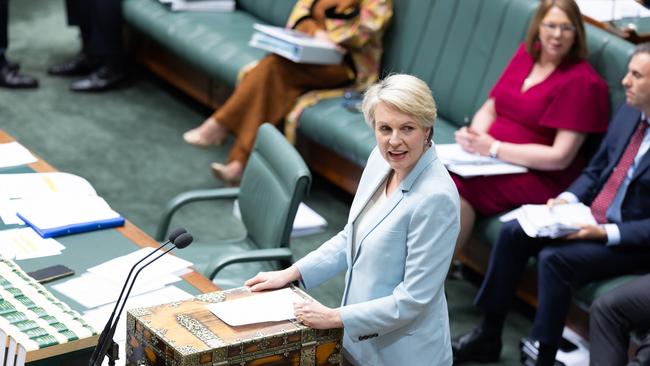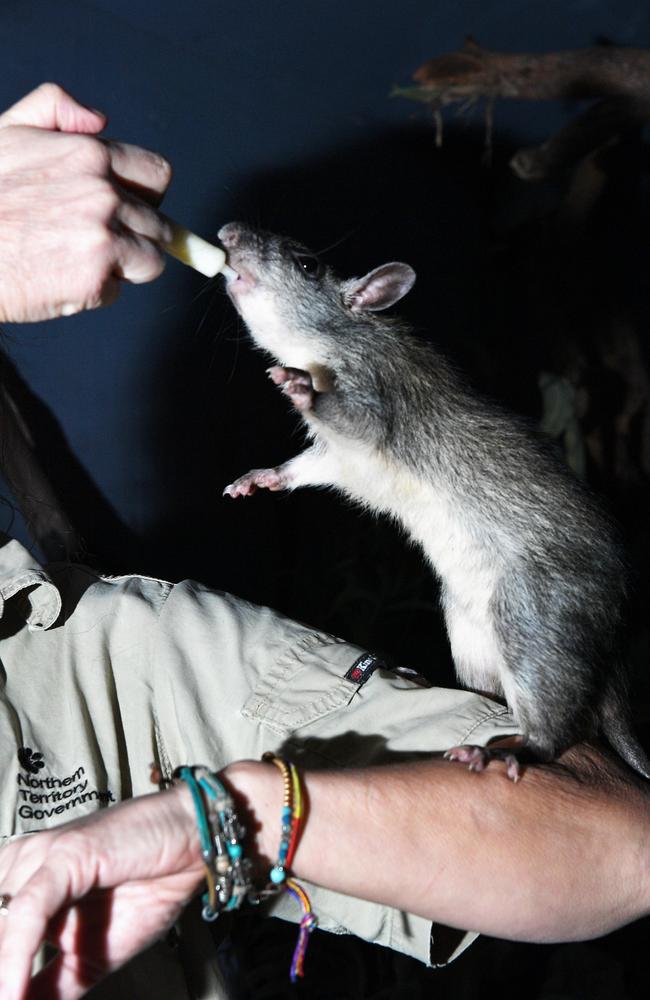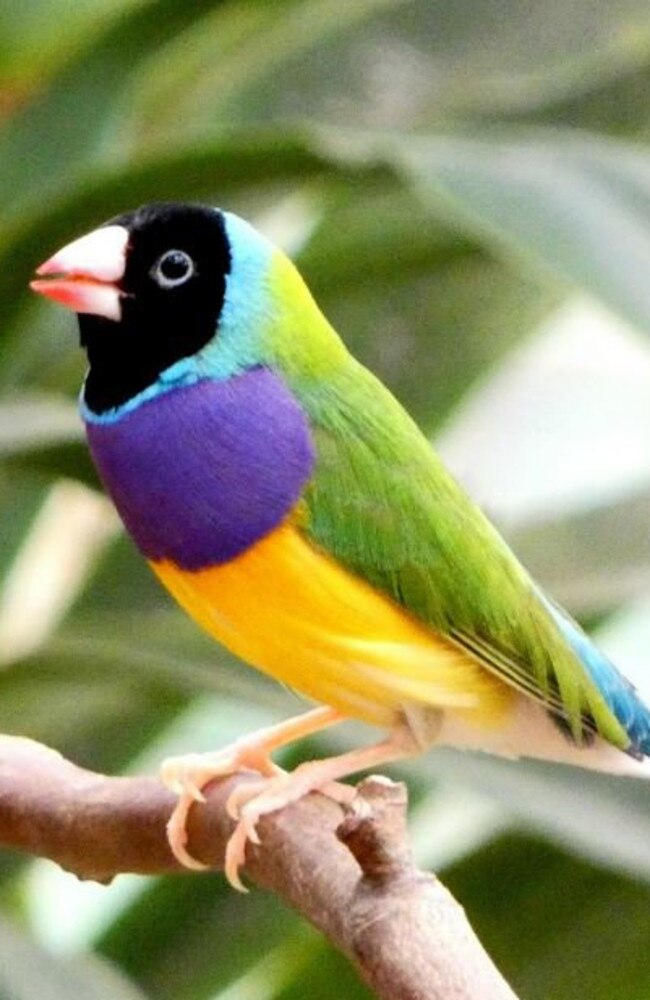Tanya Plibersek has moved to end Lee Point development stalemate
The federal government has moved to reignite the Lee Point development, but not everybody is happy. Read how plans have changed.
Business
Don't miss out on the headlines from Business. Followed categories will be added to My News.
The federal government and Defence Housing Authority have reached agreement on a new design for the controversial Lee Point residential development.
First approved in 2019, the federal government stopped the project when a rare bird moved in.
The 800-home residential project in Darwin’s north was paused by Federal Environment Minister Tanya Plibersek when Gouldian finch migrated to the area.
Previously thought to be endangered, the colourful bird provided a focal point for
anti-development protesters who wanted the project scrapped.

But the new plan has already been opposed by Environment Centre NT which said the birds were still at risk.
The federal government and DHA have settled their differences and the project appears set to resume after modifications to the original design were finalised.
This publication has obtained a copy of the variation of conditions for the Lee Point project, signed off recently by Ms Plibersek.
The new plan makes provision for the Gouldian finch including a breeding and foraging habitat.
The DHA must not clear more than 94.64ha of Gouldian finch breeding habitat and 62.05ha of foraging habitat in the project area, and remove gamba grass infestations from the protected area.
In addition, a special off-set area has been allocated for preservation of the black-footed tree rat that will be transferred from DHA to the NT government and a black-footed tree rat offset plan.

DHA will be required to resubmit its construction environmental management plan to include details of its pre-clearance survey and tree felling protocols.
A ‘fauna spotter’ will have oversight of the project and an environmental plan will be developed to protect migratory shorebirds.
The DHA must not undertake any clearing in the project area other than the three proposed stages and up to 20m from the perimeters of each of these states unless the minister approves a construction environment plan in writing.
Ms Plibersek said the previous Lee Point plan would have threatened the Gouldian finch.
“I have determined that the original approval conditions for the Lee Point project must be changed to better protect nature,” Ms Plibersek said.
“It is clear that the project in its original form would have an unacceptable impact on threatened species in the area, including the Gouldian finch.

“We need to invest in more housing for communities, but we also have a responsibility to reduce our impact and protect our threatened species and the places they call home.
“Defence Housing Australia have agreed to redesign the plan to incorporate a 50m buffer around nearby Gouldian finch habitat.
“This will allow the recently spotted Gouldian finch to roost and forage, and should create a precious wildlife corridor for the benefit of the new and existing residents of the area.
“Changes will also be made to clear invasive gamba grass and replace it with native grass species which the Gouldian finch can feed on.
“Access points to Casuarina Beach have also been changed to avoid disturbance to migratory birds who use the beach to roost and breed.
“This shows that we should always consider how a project can be redesigned to avoid the most adverse impacts on matters of national environmental significance and result in a nature positive outcome.”
ECNT savanna and freshwater campaigner Jess Black described the decision as “heartbreaking”.
“Minister Plibersek came to office with a mandate to end the extinction crisis, so this decision is heartbreaking to Lee Point and bird lovers alike,” she said.
“This decision does not prevent the degradation of our already collapsing ecosystems, nor does it protect the increasingly rare green spaces that enliven our cities.
“The Minister needs to step up and stop the destruction of Gouldian finch habitat at Lee Point.
“Land clearing is rampant across the Territory and we’re seeing the collapse of tropical savanna ecosystems before our eyes.”





